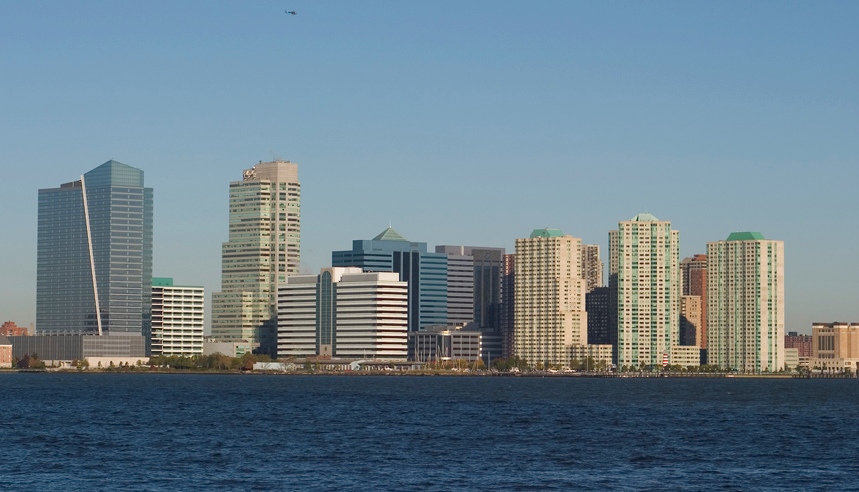
Uploaded on 2016-10-30 by Riddhima Khedkar
2. i. Tall commercial buildings with a glass façade. ii. No shading devices on the southern and western side of the buildings that radiate intense heat. iii. Location of semi-open parking lot on the western end of the shopping mall. iv. Wide pavements without shading devices. 3. Measure for reducing urban heat island effect: Using architecture and urban planning/design as a way to mitigate UHI. i. Creating shade through trees and shrubs by planting them on the southern and western side of the buildings where solar radiation is intense. ii. Use shading devices such as pergolas, canopies, pilotis, etc. to reduce the heat in pedestrian zones. iii. Reducing the surface temperatures by creating cool green areas in the surroundings (surface turf, grass, ponds, etc.). iv. Using water relative materials for pavement construction. v. Open/semi-open parking lots should be avoided in the southern and western areas of buildings. vi. Creating open and airy spaces for hot air to pass through buildings. vii. Careful consideration to height, configuration and surrounding of buildings especially tall ones. viii. Using highly reflective roofing material for buildings. ix. Creating green roof/ roof gardens wherever possible. x. Using energy-saving measures especially in tall buildings or buildings that are in use for a longer duration. xi. Minimize the outflow of exhaust heat temperatures. 4. i. Reducing anthropogenic heat emissions ii. Improvement of urban surfaces iii. Improvement of urban structures. iv. Improvement of Life-style.